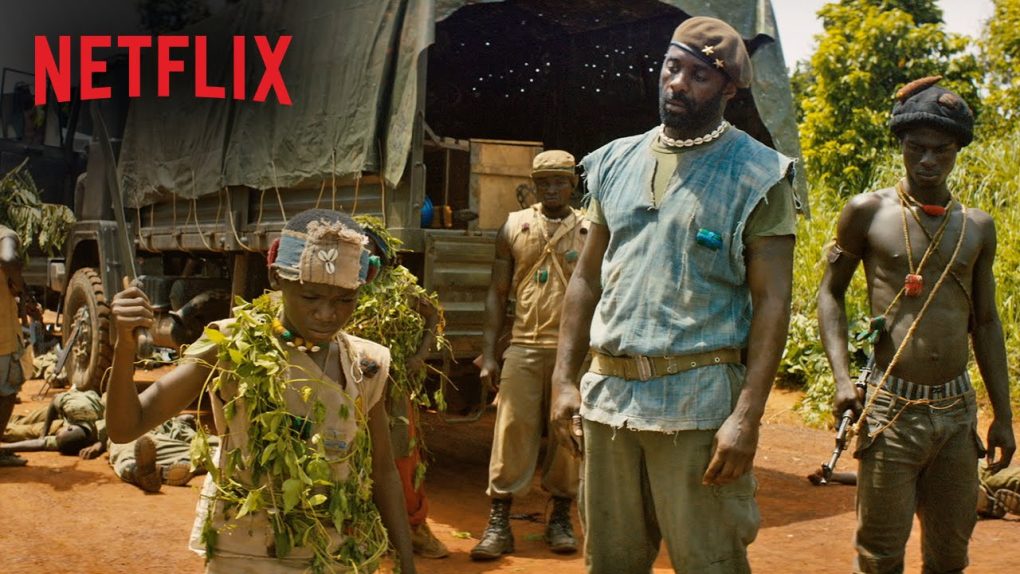Earlier this month, movie theater owners across the country were fuming about the first original feature film from Netflix, Beasts of No Nation, saying that they would refuse to play the movie in their theaters. It might have sounded like an overreaction at the time, but less than two weeks after the film’s release, we’re beginning to see why the theaters were so terrified.
READ MORE: Comcast’s data caps are ‘just low enough to punish streaming’
In a question and answer session with Deadline on Monday, Netflix Chief Content Officer Ted Sarandos announced that Beasts of No Nation has already been viewed over 3 million times in the United States alone.
Of course, those numbers wouldn’t be much to shout about if we were stacking the film up against any given blockbuster with a wide release, but for Netflix, it’s a sign that subscribers are going to give anything the company puts out there a shot. But when it comes to the “battle” between Netflix and theaters, Sarandos says the whole situation is being overblown:
“It’s a very sexy thing to talk about whether there’s a feud, but I think what’s really happening here is that we’re offering consumers a lot of choices they didn’t have just a few years ago. It’s interesting, the whole debate and us spending a lot of time talking about windows, and theater owners and splits. Consumers, they really don’t care about any of that. They just want to make a great movie, and I don’t think they make the same distinction we do, as to where they see it.”
That’s all well and good, but the idea that viewers don’t have a preference (or even recognize the difference between) a theater and a living room is ludicrous. We’re all aware of the changing landscape, and both viewers and consumers understand why a theater owner might see Netflix as a real threat.
It’s going to be quite some time before we see Netflix movie premieres as frequently as we see premieres in theaters, but when studios take huge risks on projects like Fantastic Four and Steve Jobs, and then have to spend millions marketing the movies and bringing them to theaters around the world, all to watch the films fail in spectacular fashion…
You can see why the Netflix model might start attracting filmmakers in droves.




